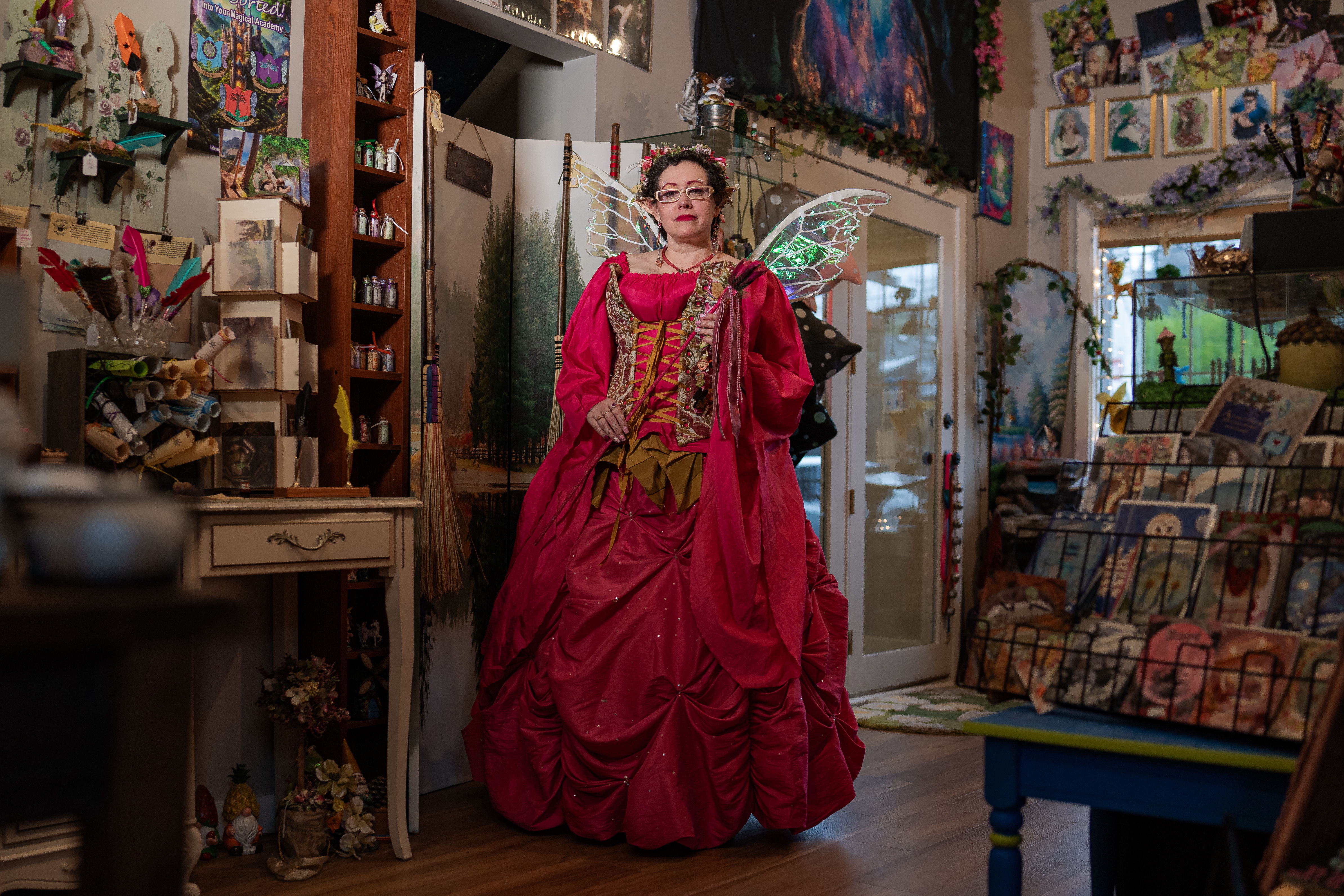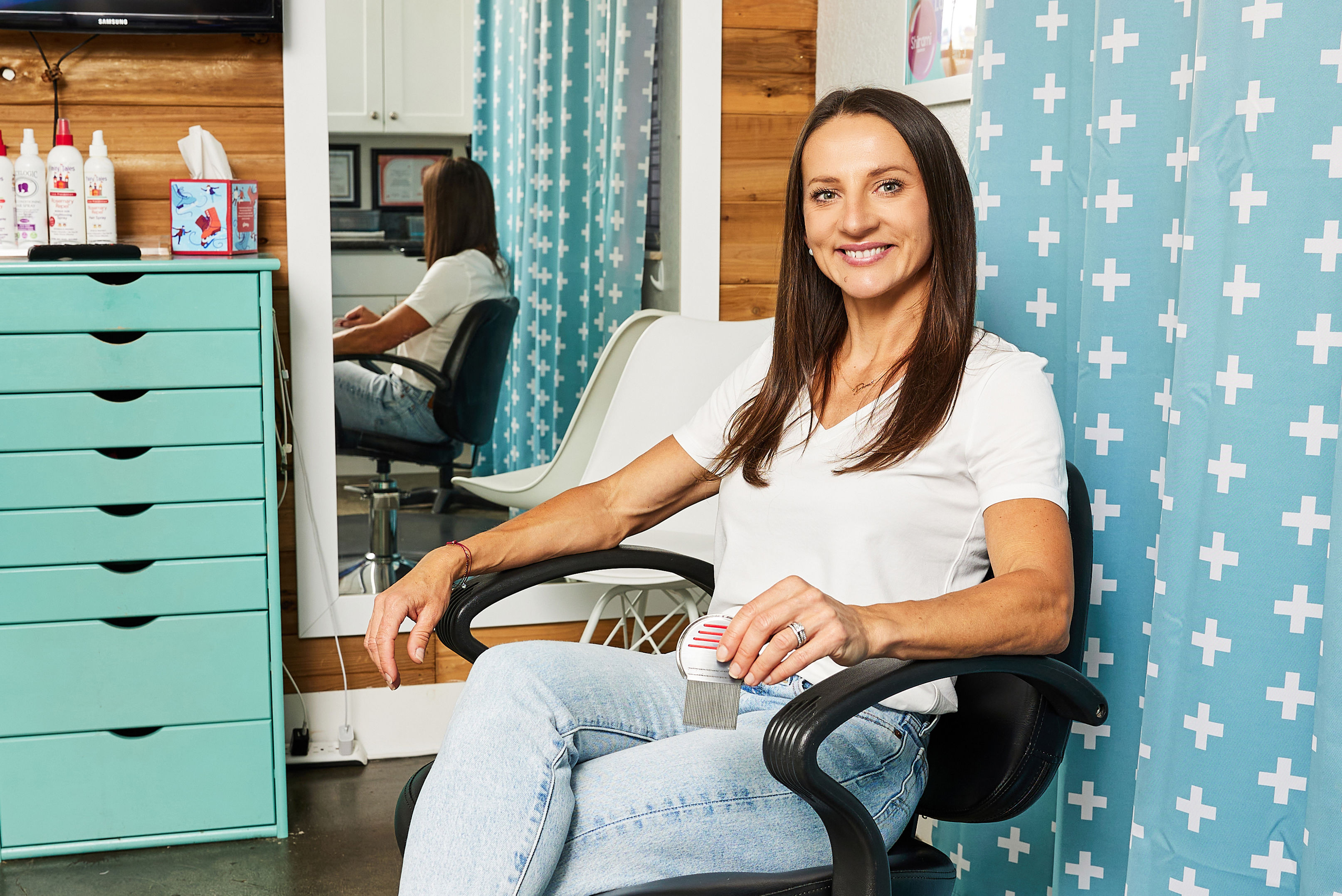5 Influential Black Seattleites You Should Know About
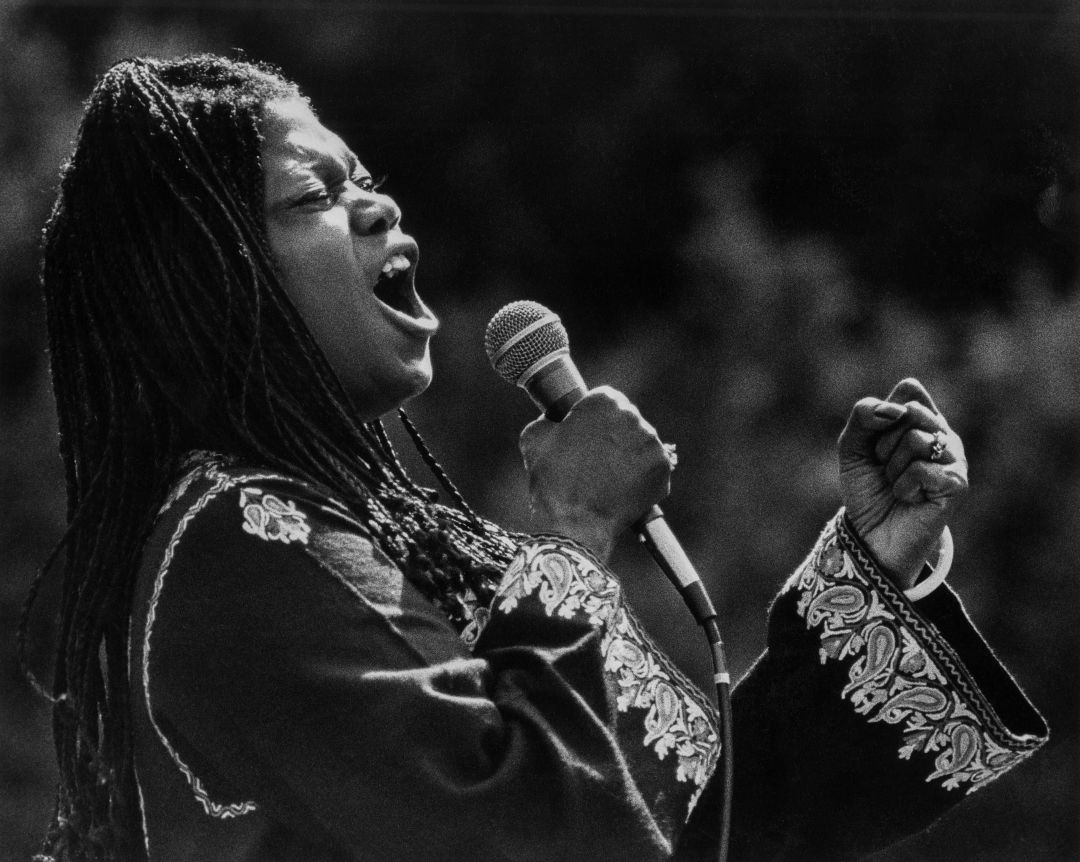
Ernestine Anderson performing at the Seward Park Amphitheater in June of 1980.
the archives of a city tend to overlook history-makers of certain races or ethnicities. But these influential Black Seattleites, from an enduring jazz singer to a game-changing teacher, should never be forgotten.
Ernestine Anderson
This vaunted jazz and blues singer had the kind of voice that propelled her to a career that spanned six decades and accolades galore, including four Grammy nominations. Born in Houston, Anderson moved to Seattle as a teenager and attended Garfield High School. From there, she joined the Johnny Otis band for a yearlong tour, catapulting her into the music scene. Time called her the “best-kept jazz secret in the land” with a voice that "curls around the lyrics like a husky caress" after the release of her first album. She later signed with Seattle's own Quincy Jones and solidified her reputation in the industry, releasing more than a dozen albums and performing at renowned venues like Carnegie Hall and the Kennedy Center.
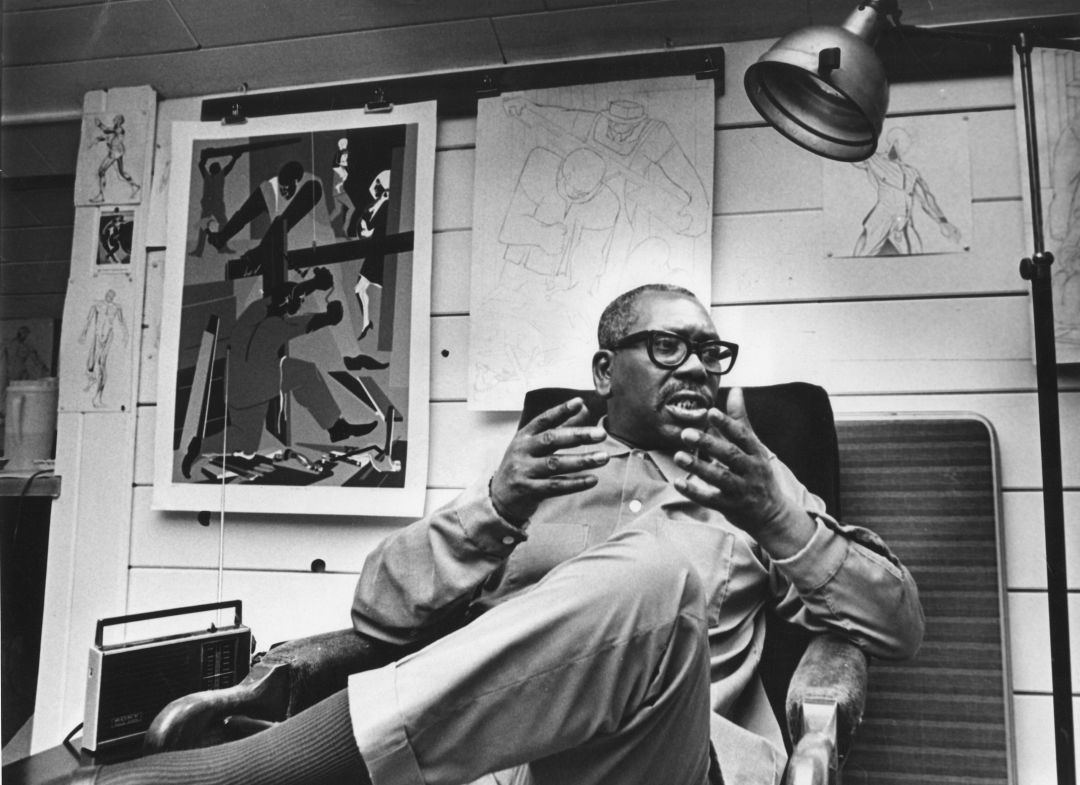
Jacob Lawrence at his Seattle home in 1974.
Jacob Lawrence
The name "Jacob Lawrence" may sound familiar from the University of Washington gallery named in his honor, but the painter and printmaker was renowned nationwide for his portrayals of the Black American experience. Lawrence’s family life greatly influenced his work; his parents were among the millions of Black Americans who participated in the Great Migration—inspiring, in part, his 60-panel work "The Migration" series. He became a professor at UW, teaching from 1971 until 1986. Many of the pieces he created during this time are now on display at the Washington History Museum.
Blanche Sellers Lavizzo
Though she only spent the latter part of her life in Seattle, Blanche Sellers Lavizzo sure made her mark. After growing up in Atlanta and getting her medical degree from Meharry Medical College in Nashville, Lavizzo moved to Seattle in 1956. Here she attended the University of Washington, eventually receiving a masters degree in public health. She went on to open her own private practice on Madison Street, becoming Washington's first Black female pediatrician. She'd go on to assume the role of first medical director at Odessa Brown Children’s Clinic in the Central District and would coin the clinic's motto: “Quality care with dignity.”
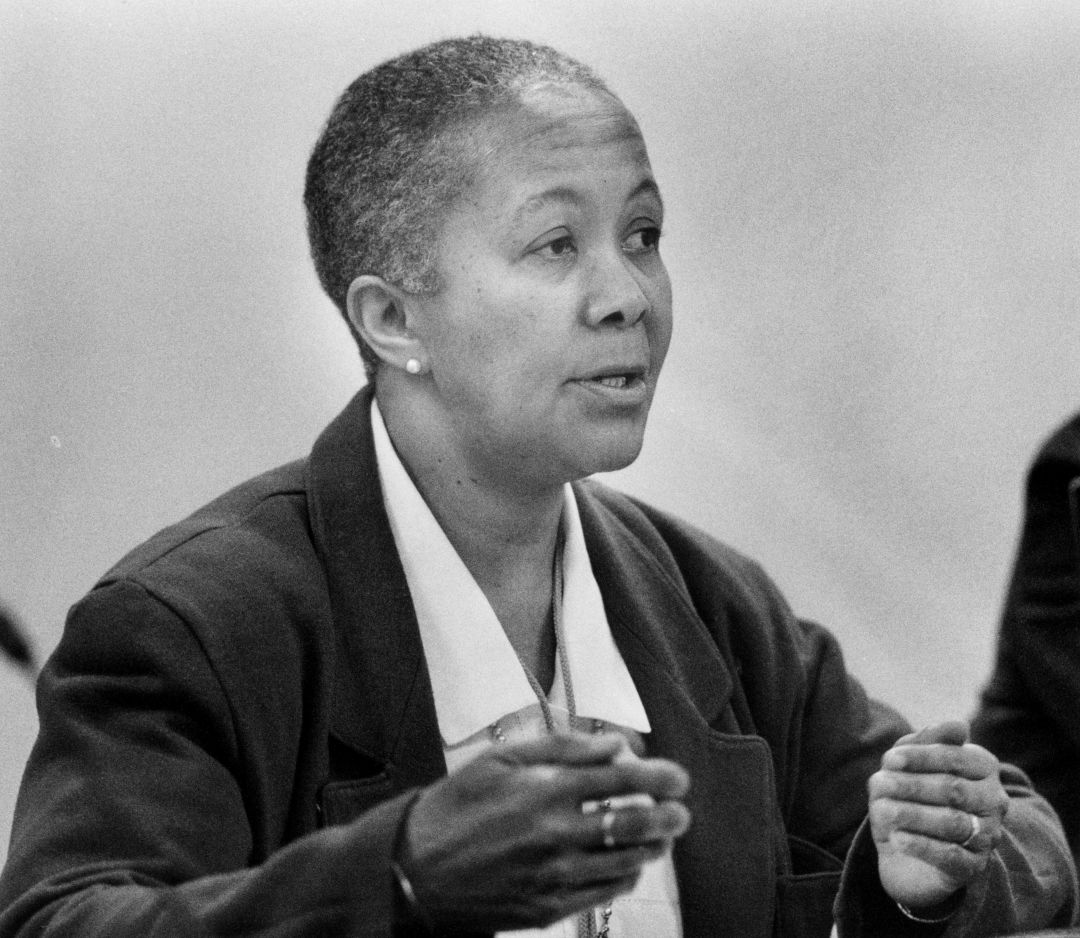
Millie Russell speaks at a 1986 hearing about discrimination in schools.
Millie Russell
Millie Russell didn’t grow up dreaming about a career in the medical field—she wanted to be a dancer. But her eventual journey into STEM ended up influencing her life's work: helping less privileged students succeed. Born and raised in Seattle, Russell was part of the first graduating class at Seattle University and was the first Black student to graduate from the college with a degree in medical technology. She ended up working at the University of Washington, where she spent more than three decades expanding equity for students. While there, she founded the Early Scholars Outreach Program, an effort to help underrepresented students and their families prepare for college, which was the inspiration for the Department of Education's national GEAR UP program.
James W. Washington Jr.
Originally a self-taught painter, James W. Washington Jr. moved to sculpture after feeling an irresistible pull from a rock he found on a street in Mexico. He studied under artist Mark Tobey at the Northwest School and created acutely spiritual work inspired by his deeply religious parents. In 1992, Washington’s home and studio in Madison Valley were given Seattle Landmark status for their role in the community. Today, the Dr. James and Janie Washington Cultural Center uses it as its headquarters to continue his legacy.
